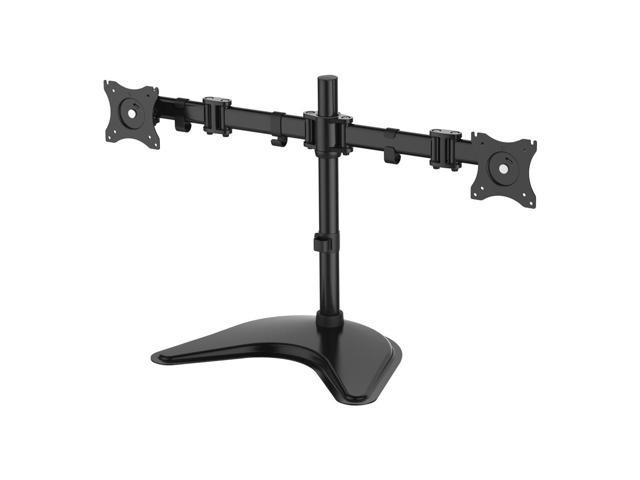Excerpt from Development of a Portable Sand Trap for Use in the Nearshore
The work described herein was authorized as a part of the Civil Works Research and Development Program by the US Army Corps of Engineers (usage). Work was performed under the Surf Zone Sediment Transport Processes Work Unit 34321 which is part of the Shore Protection and Restoration Program at the Coastal Engineering Research Center (cerc) at the US Army Engineer Waterways Experiment Station (wes). Messrs. John H. Lockhart, Jr., James E. Crews, Charles W. Hummer, and John G. Housley are usage Technical Monitors. Dr Charles L. Vincent is Program Manager for the Shore Protection and Restoration Program at cerc.
This study was performed and the report prepared over the period 1 January 1986 through 30 November 1988 by Ms. Julie Dean Rosati, Hydraulic Engineer, Coastal Structures and Evaluation Branch (cd-s), Engineering Development Division (cd), cerc, and Dr. Nicholas C. Kraus, Senior Scientist, Research Division (cr), cerc. The content of this report is substantially the same as the thesis submitted to Mississippi State University by Ms. Rosati in partial fulfillment of the requirements for an m.s. Degree in civil engineering. Dr. Kraus was the wes thesis advisor.
About the Publisher
Forgotten Books publishes hundreds of thousands of rare and classic books. Find more at www.forgottenbooks.com
This book is a reproduction of an important historical work. Forgotten Books uses state-of-the-art technology to digitally reconstruct the work, preserving the original format whilst repairing imperfections present in the aged copy. In rare cases, an imperfection in the original, such as a blemish or missing page, may be replicated in our edition. We do, however, repair the vast majority of imperfections successfully; any imperfections that remain are intentionally left to preserve the state of such historical works.















